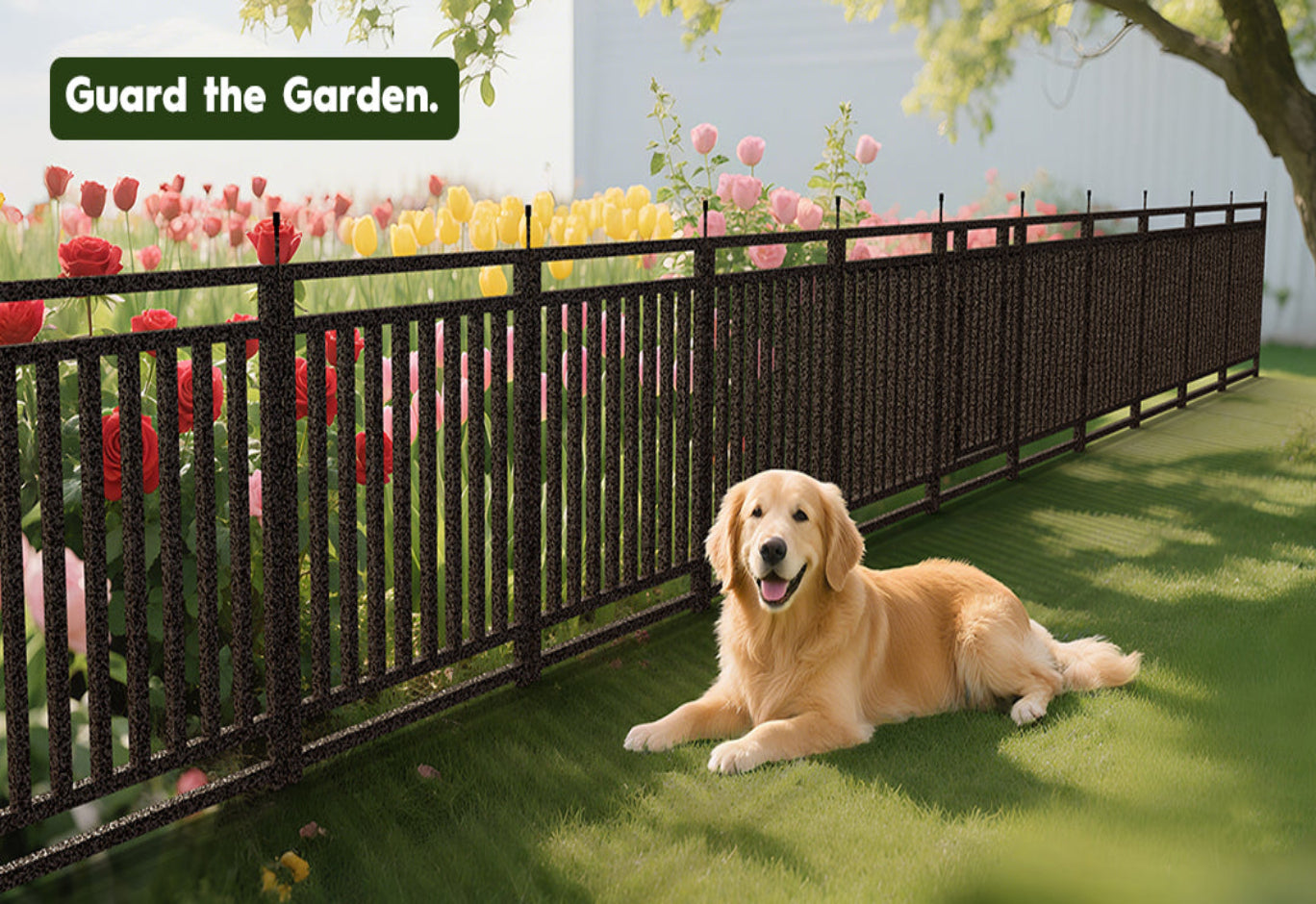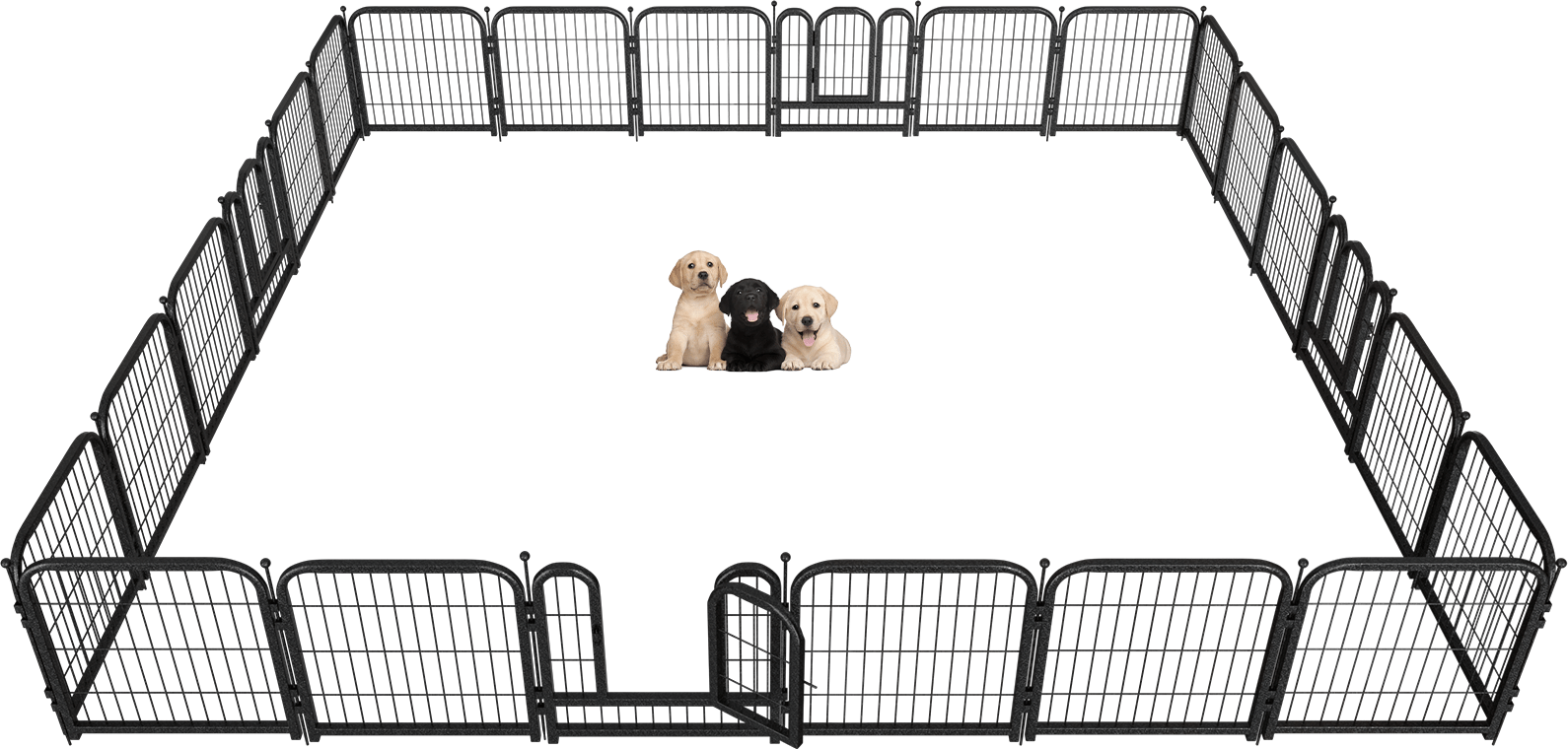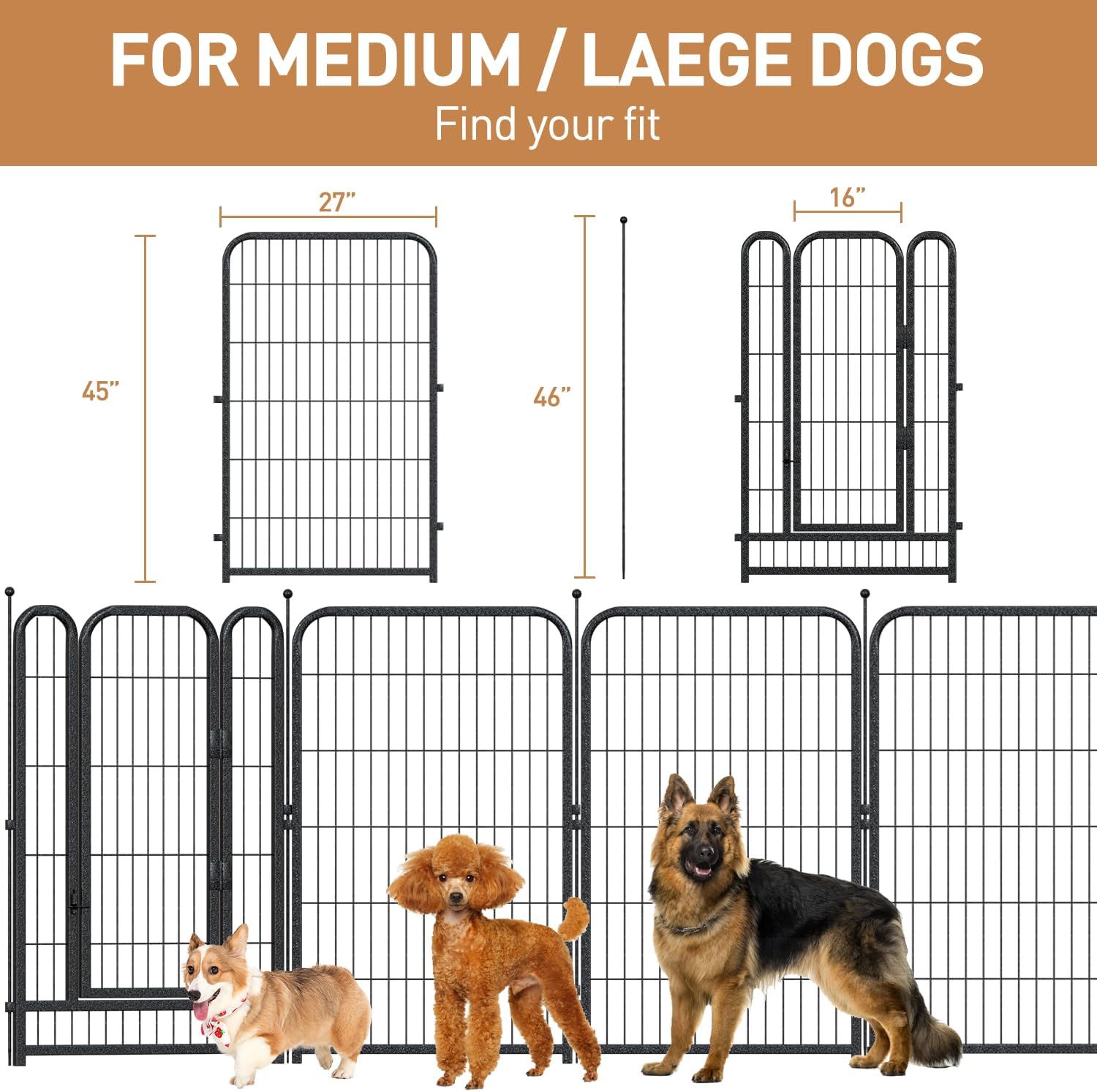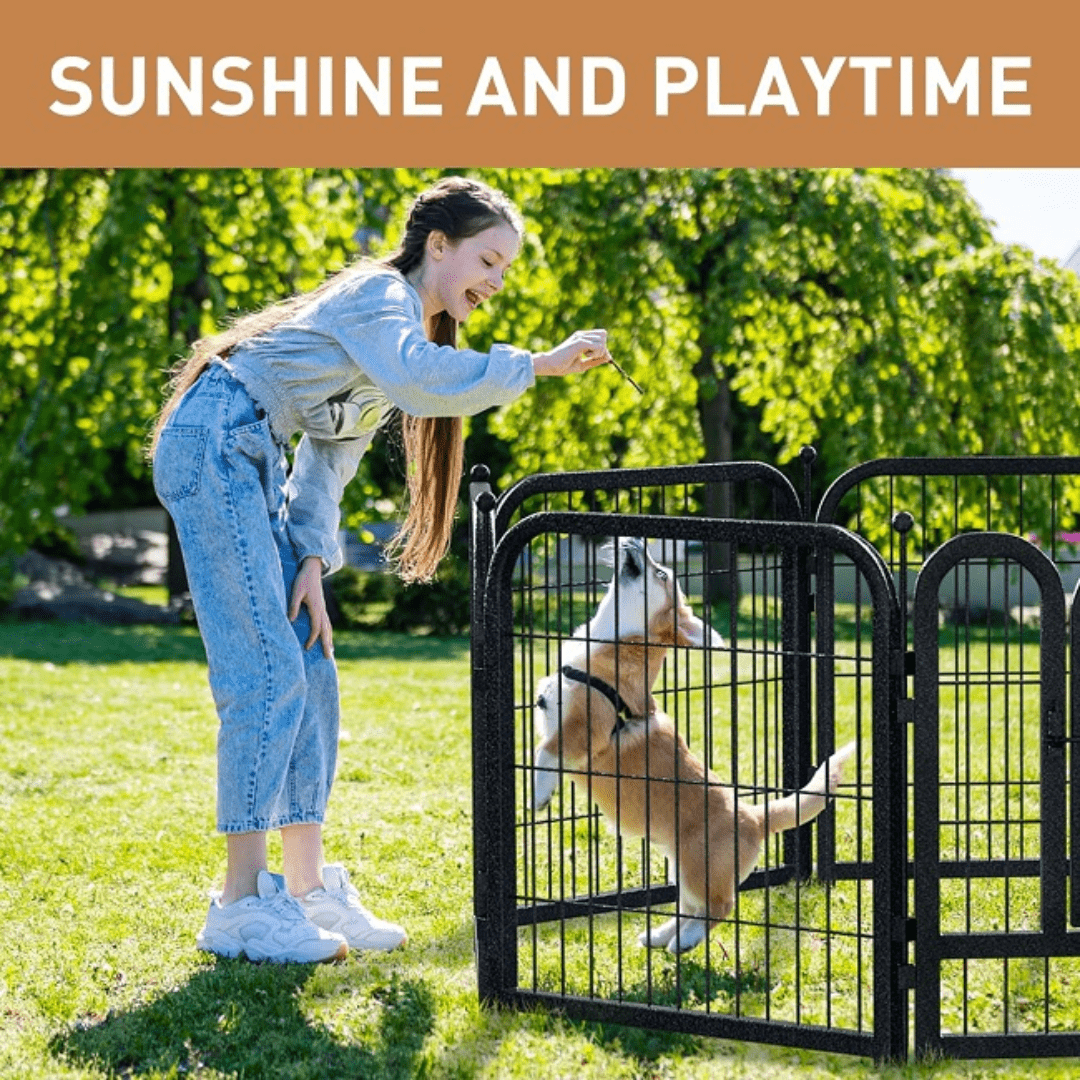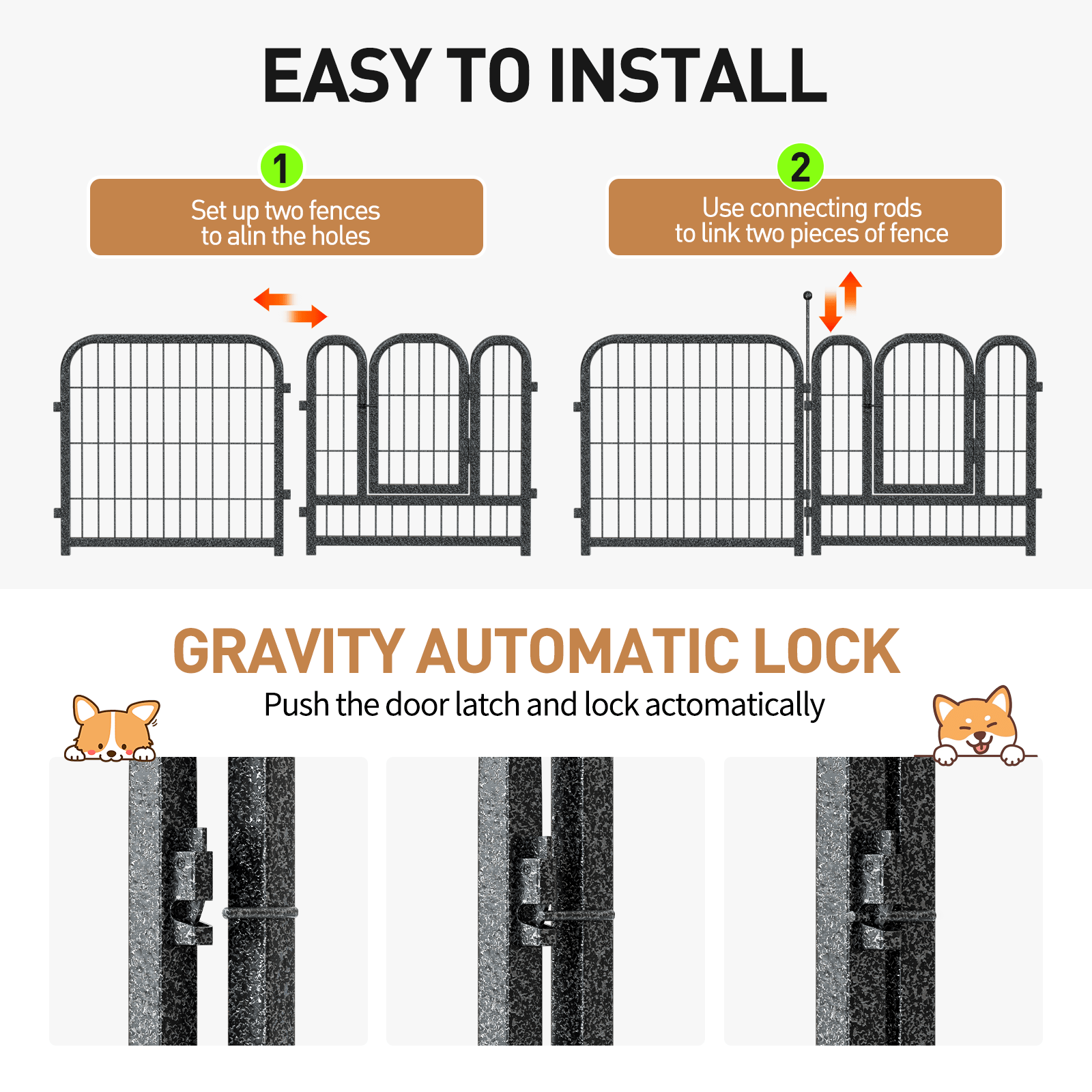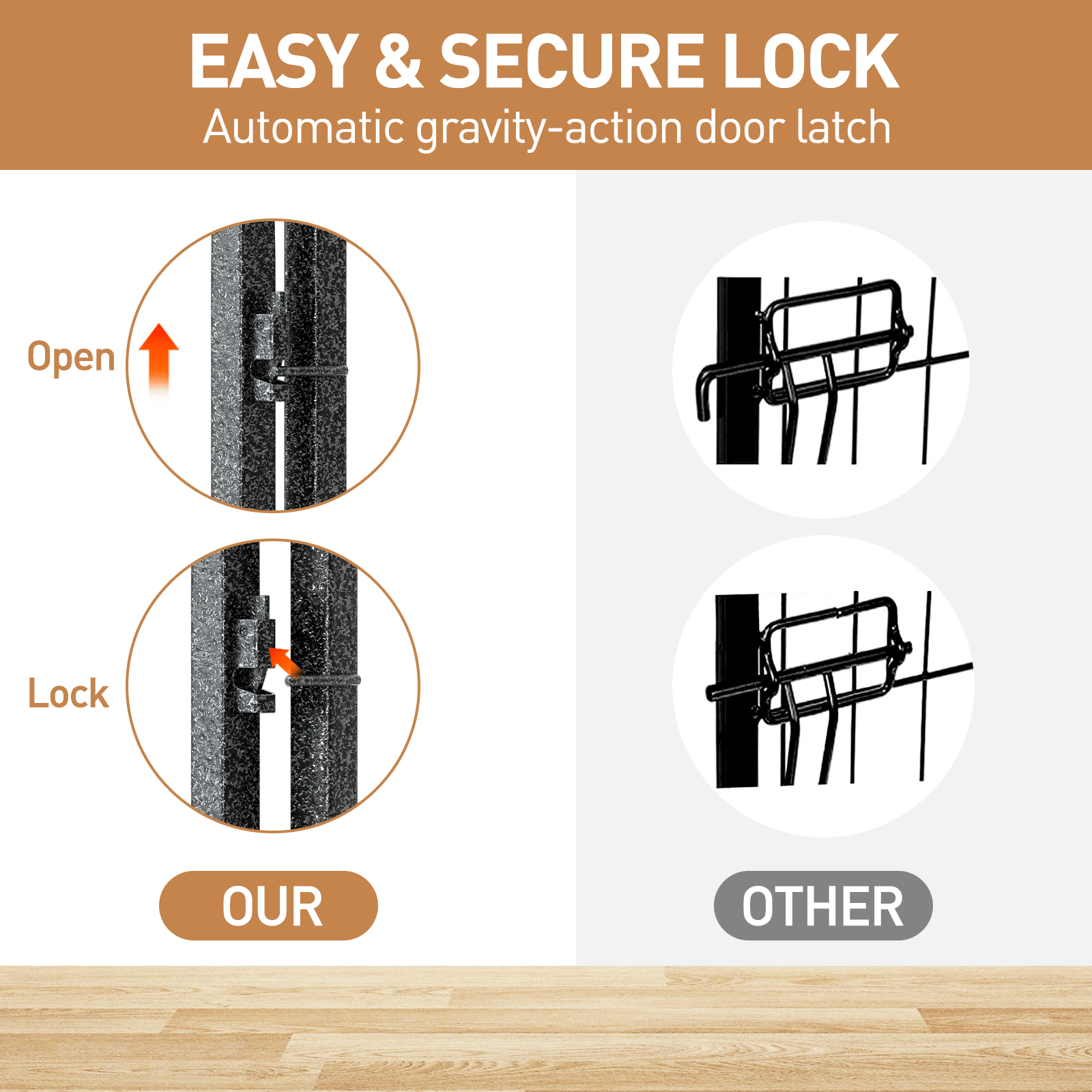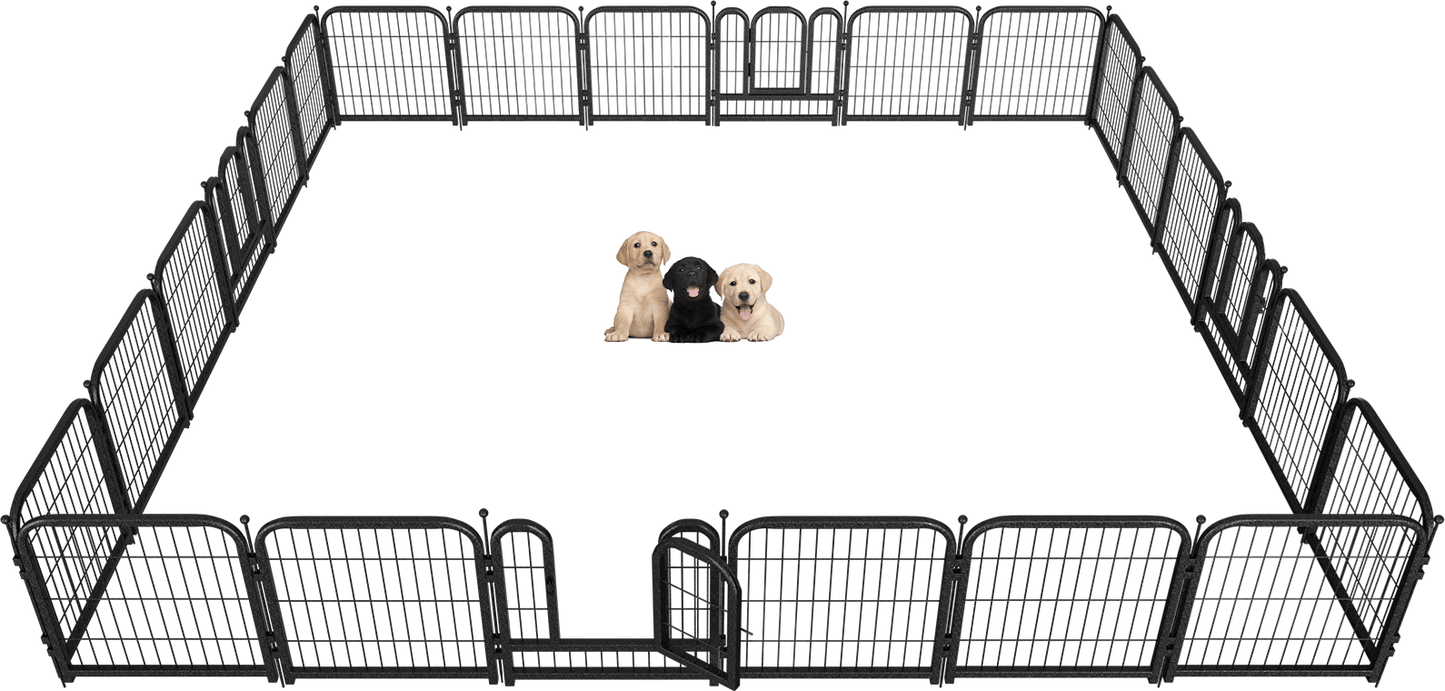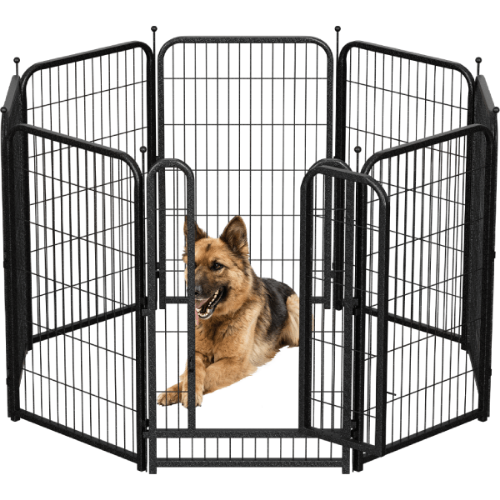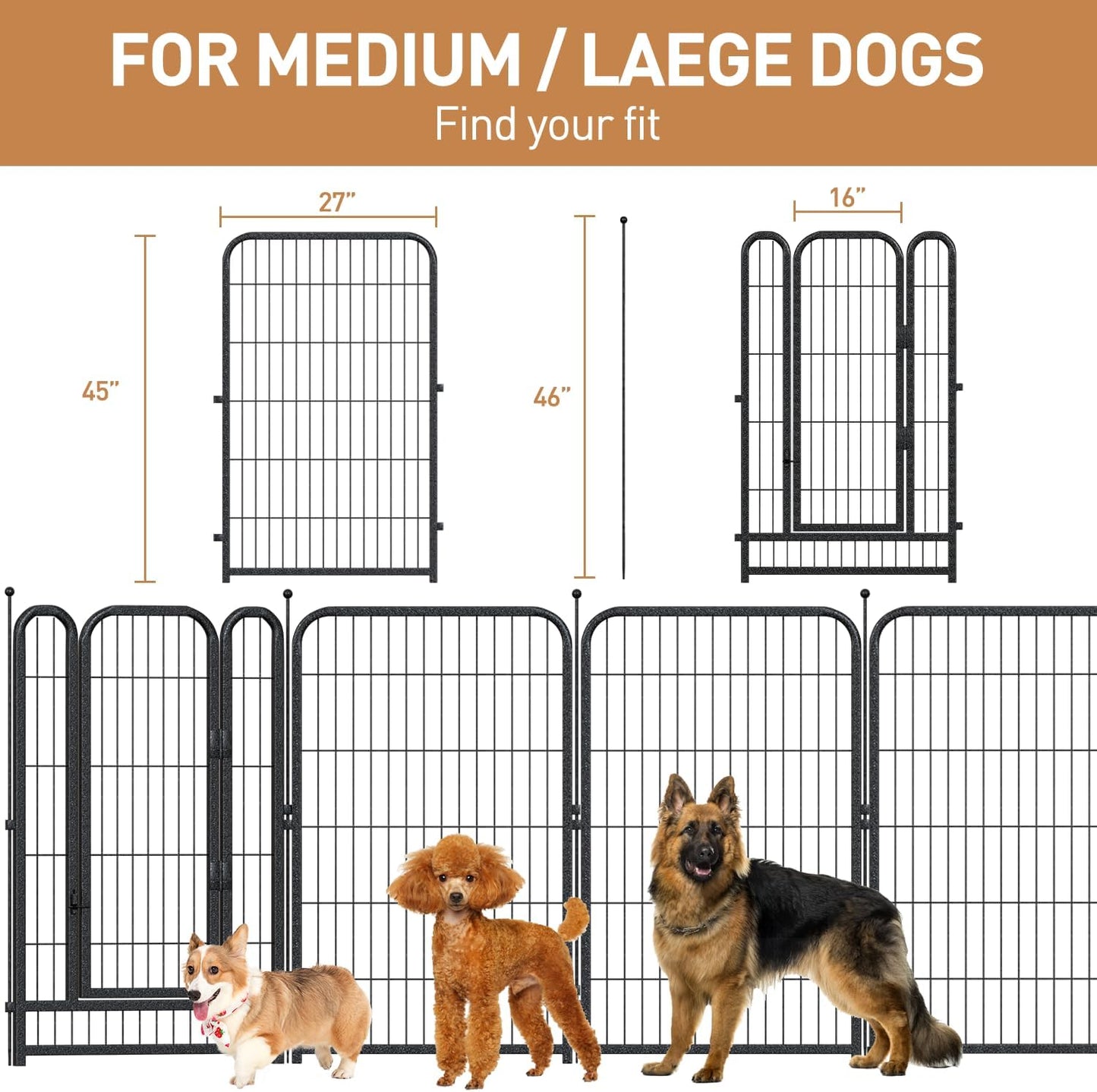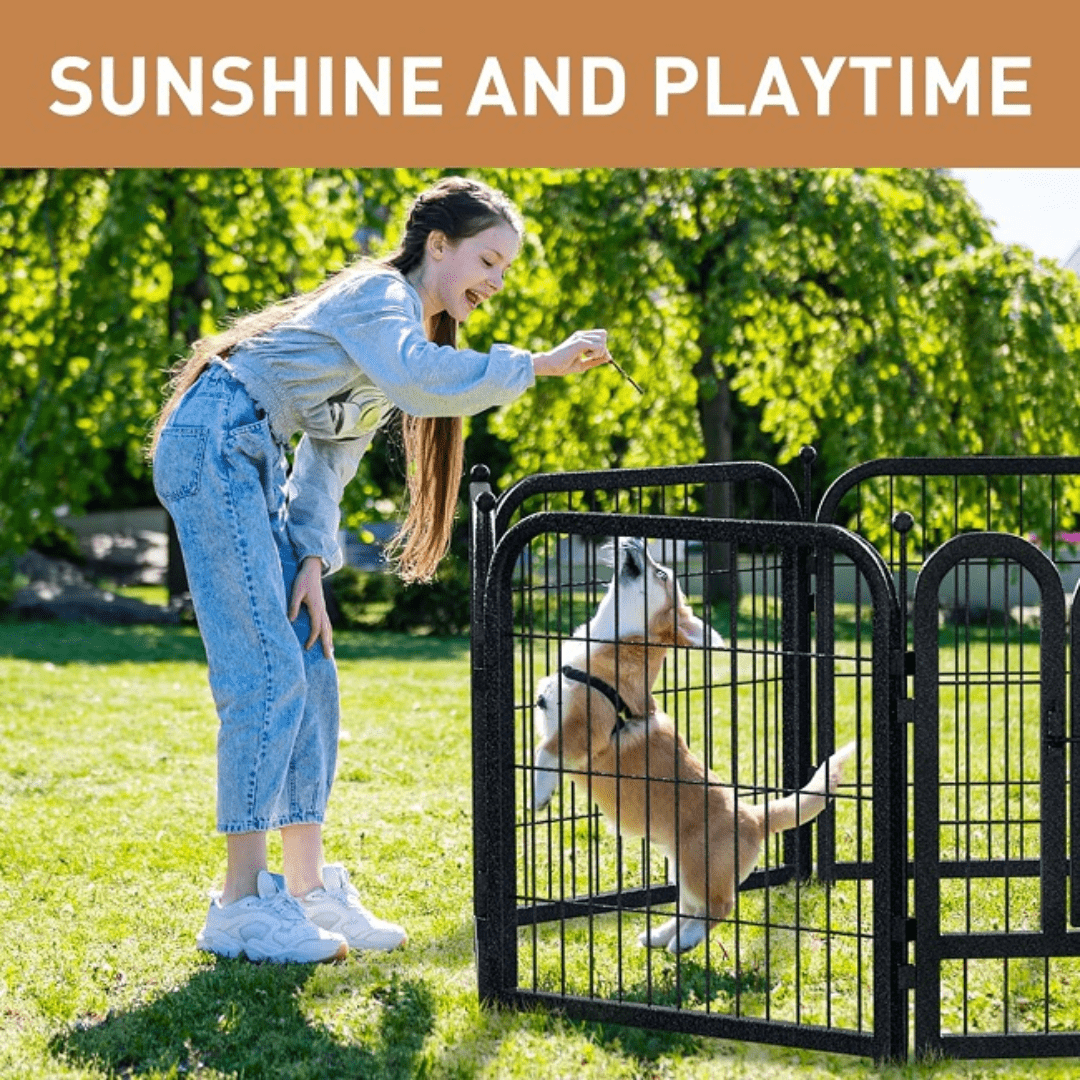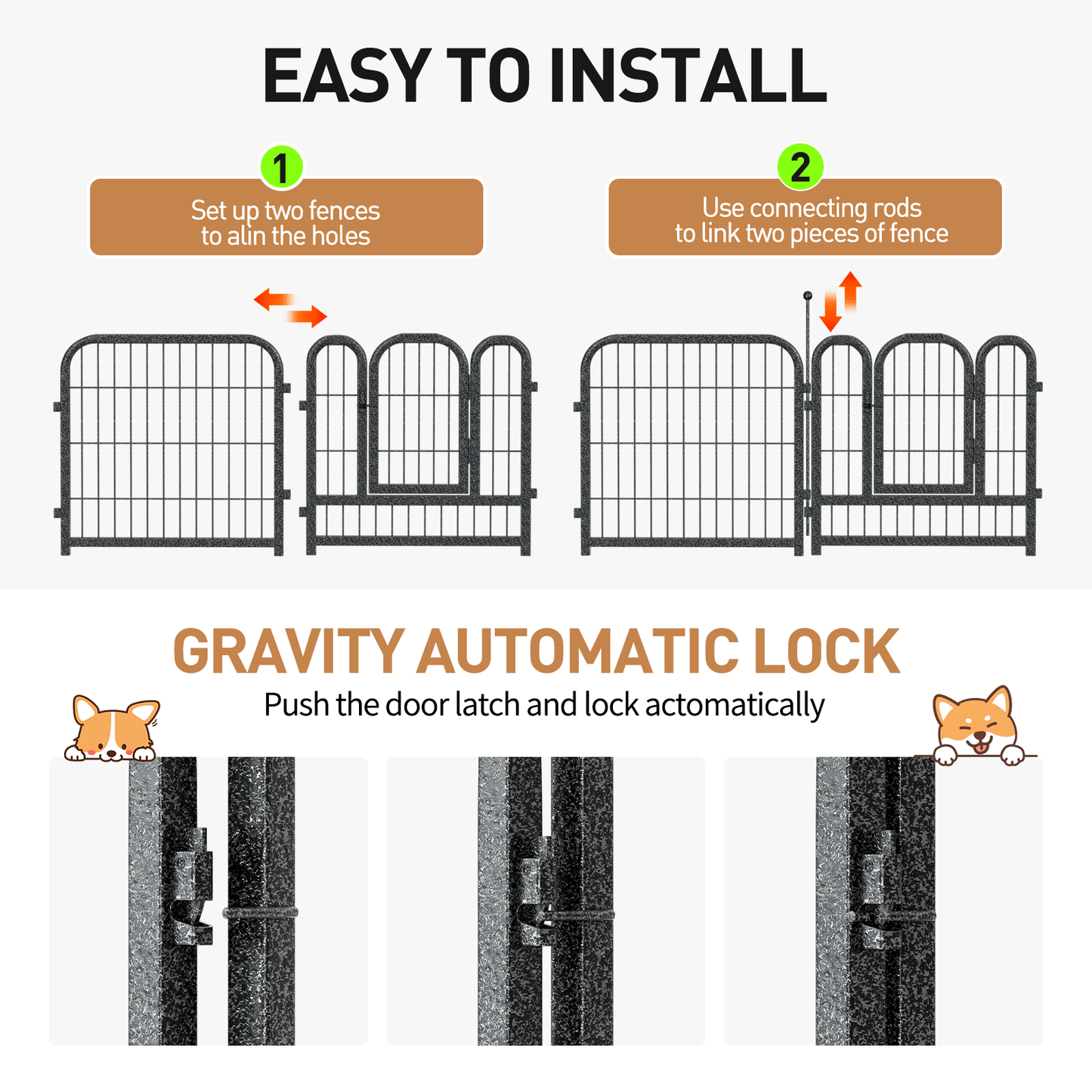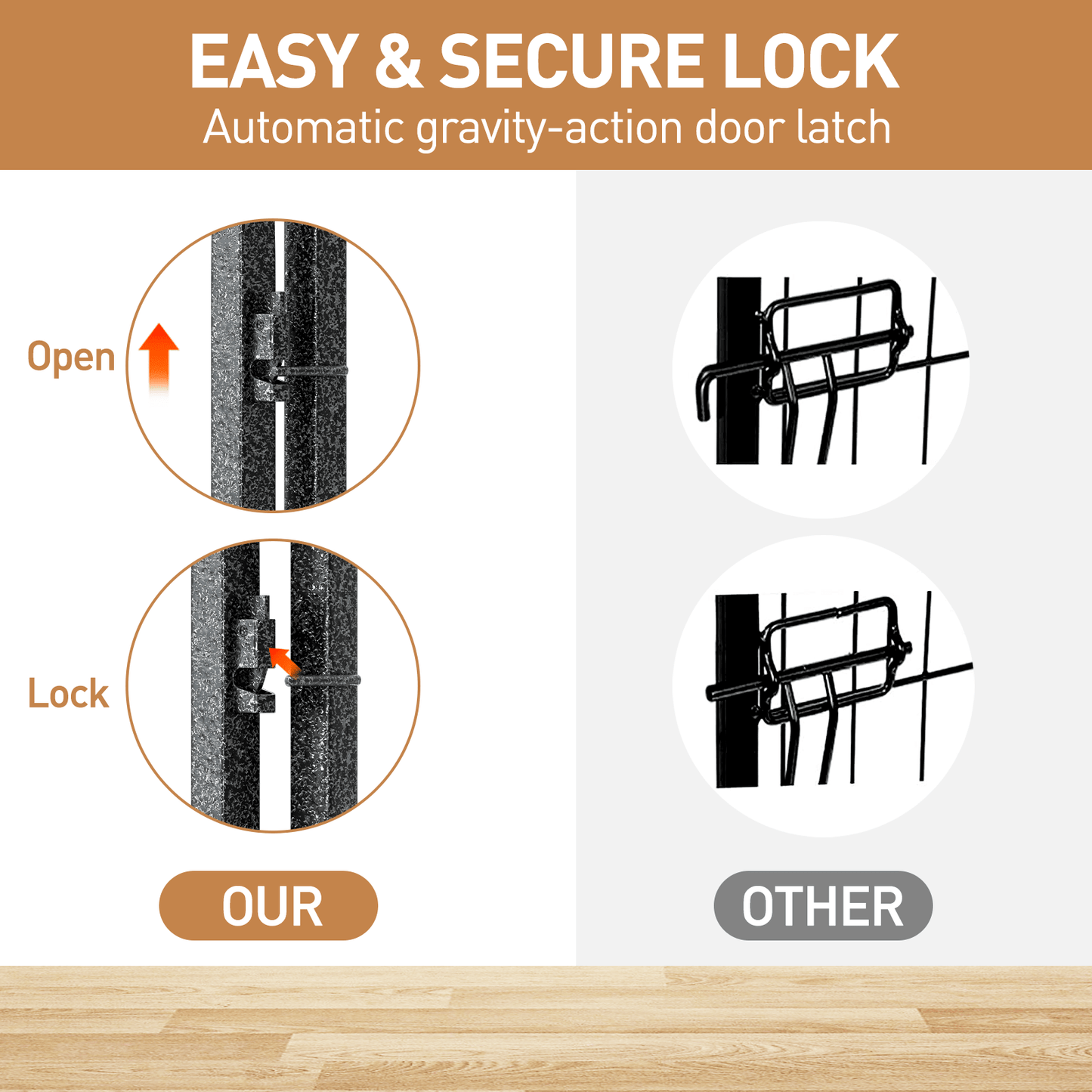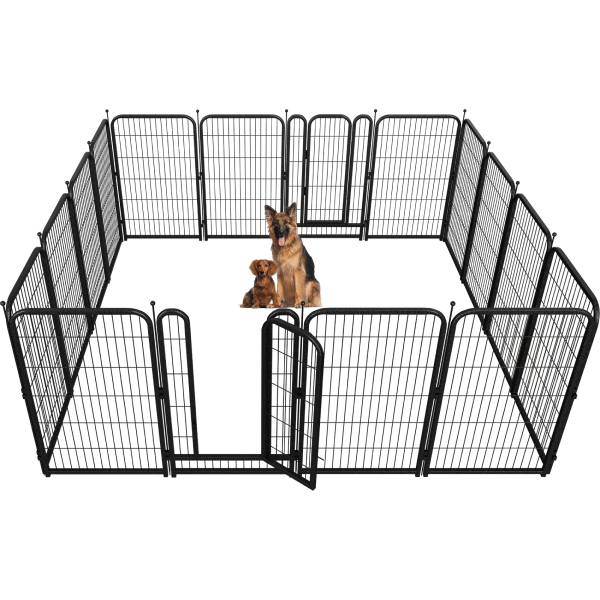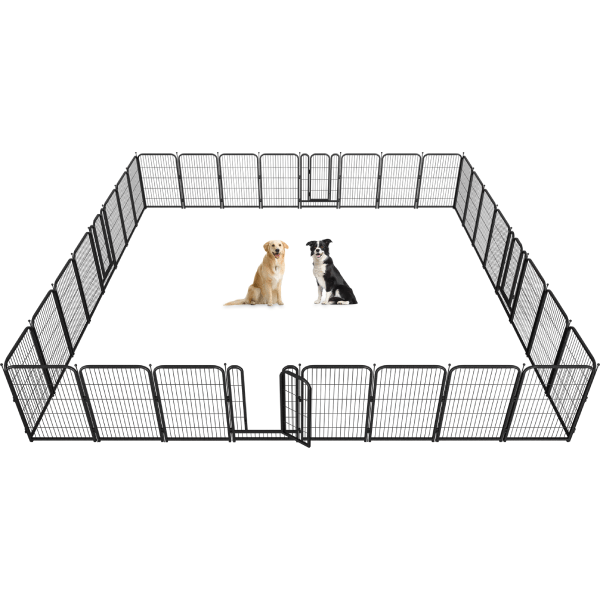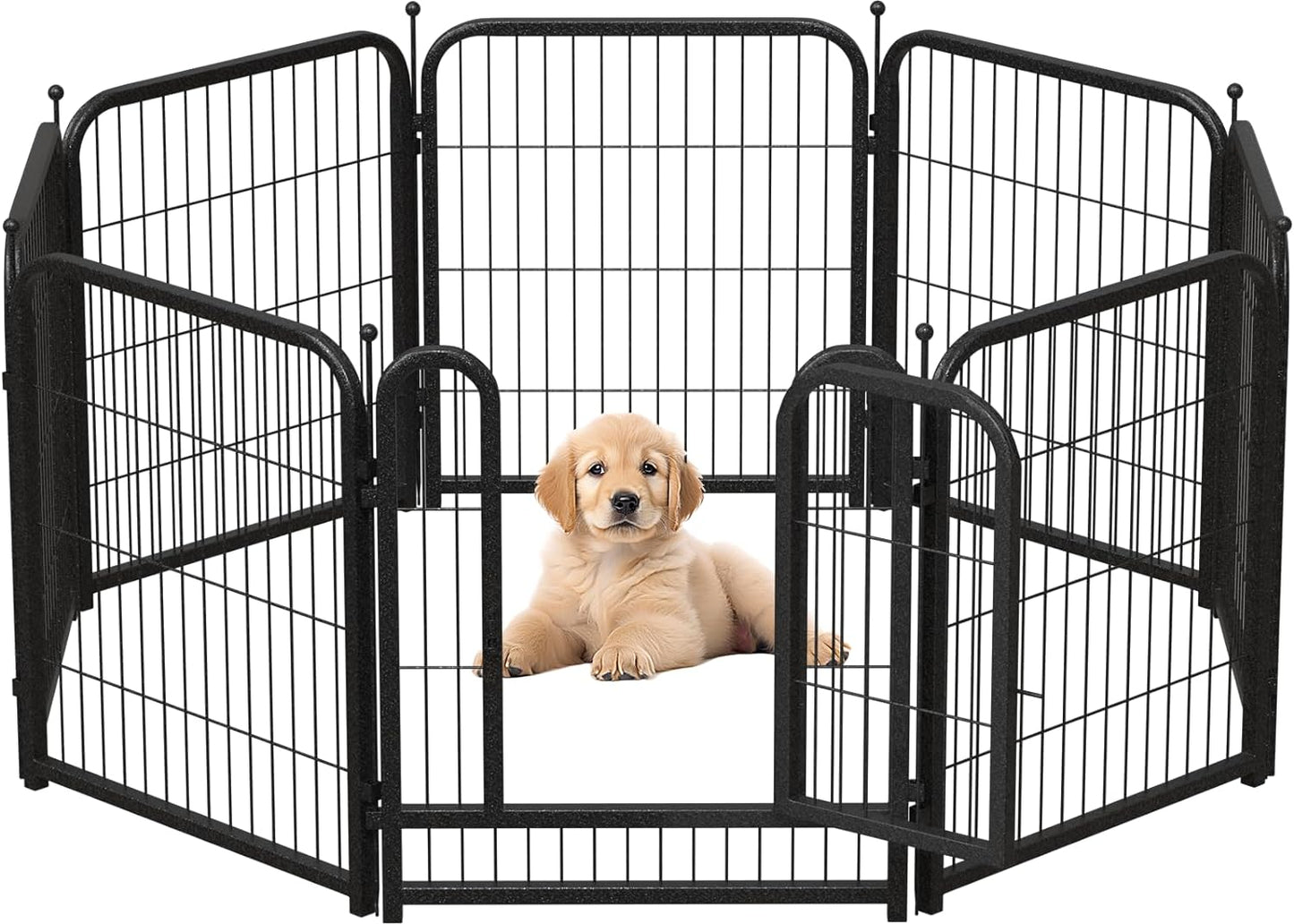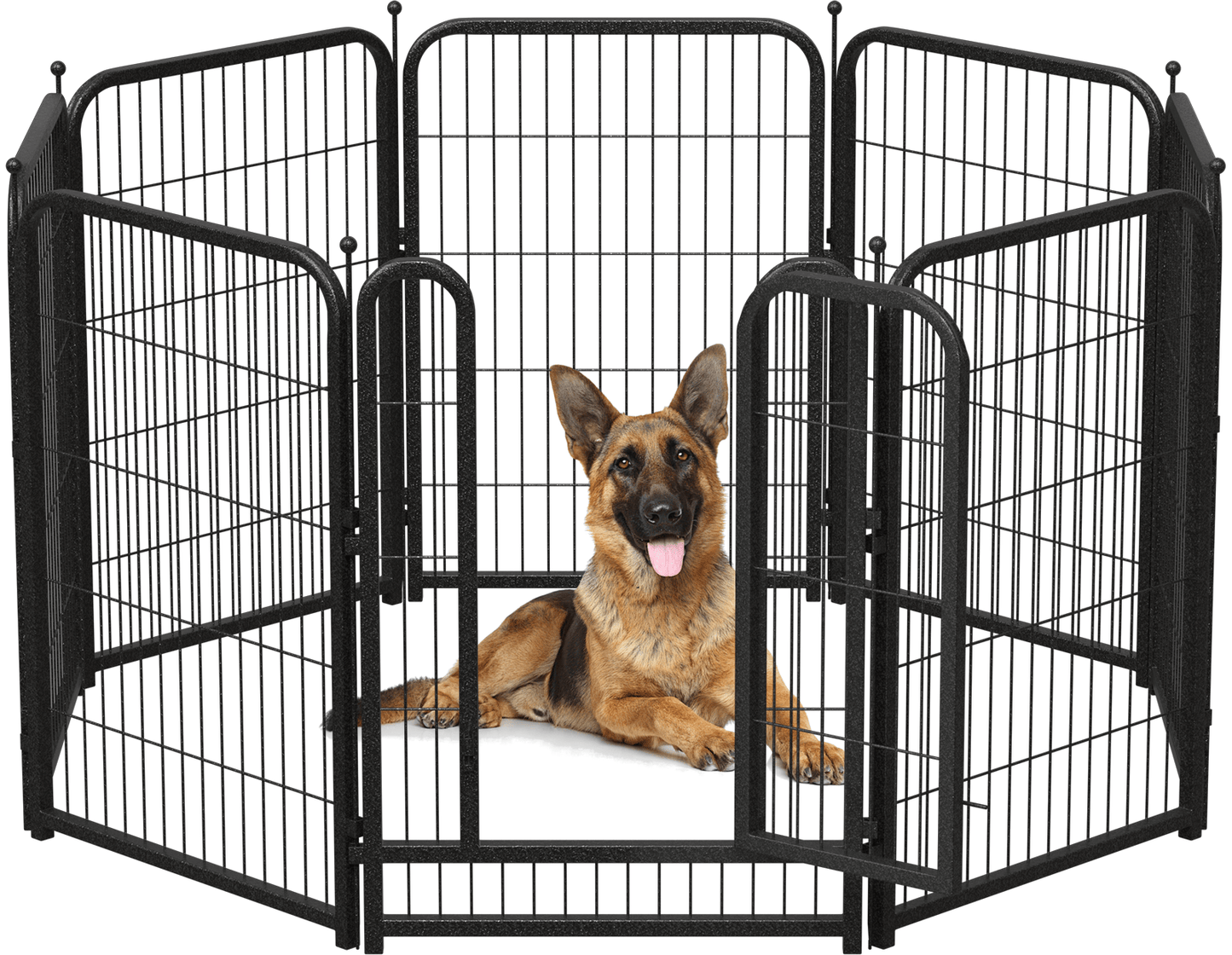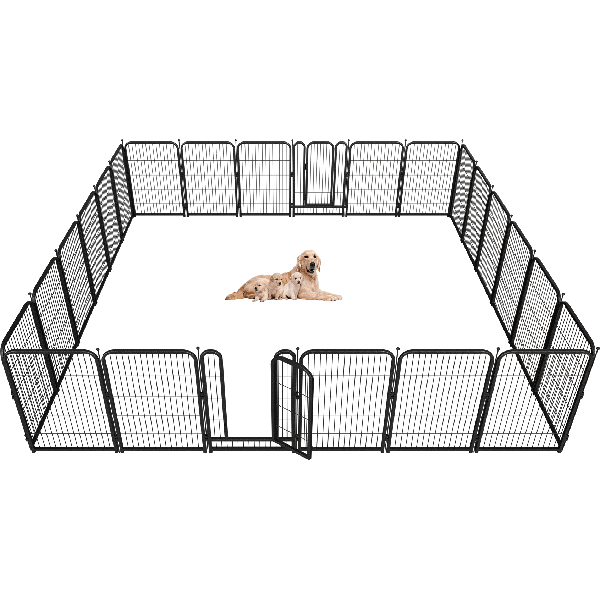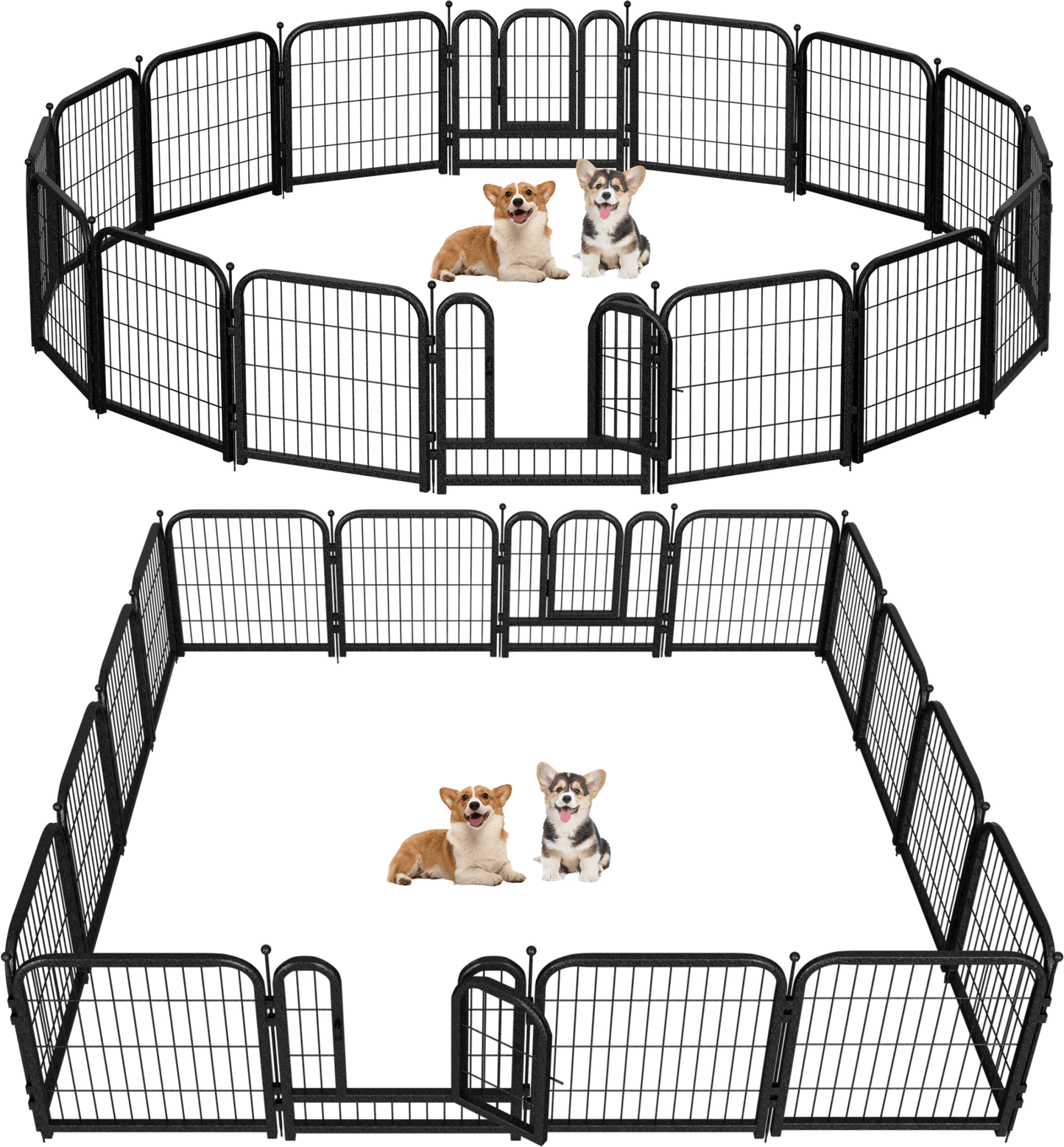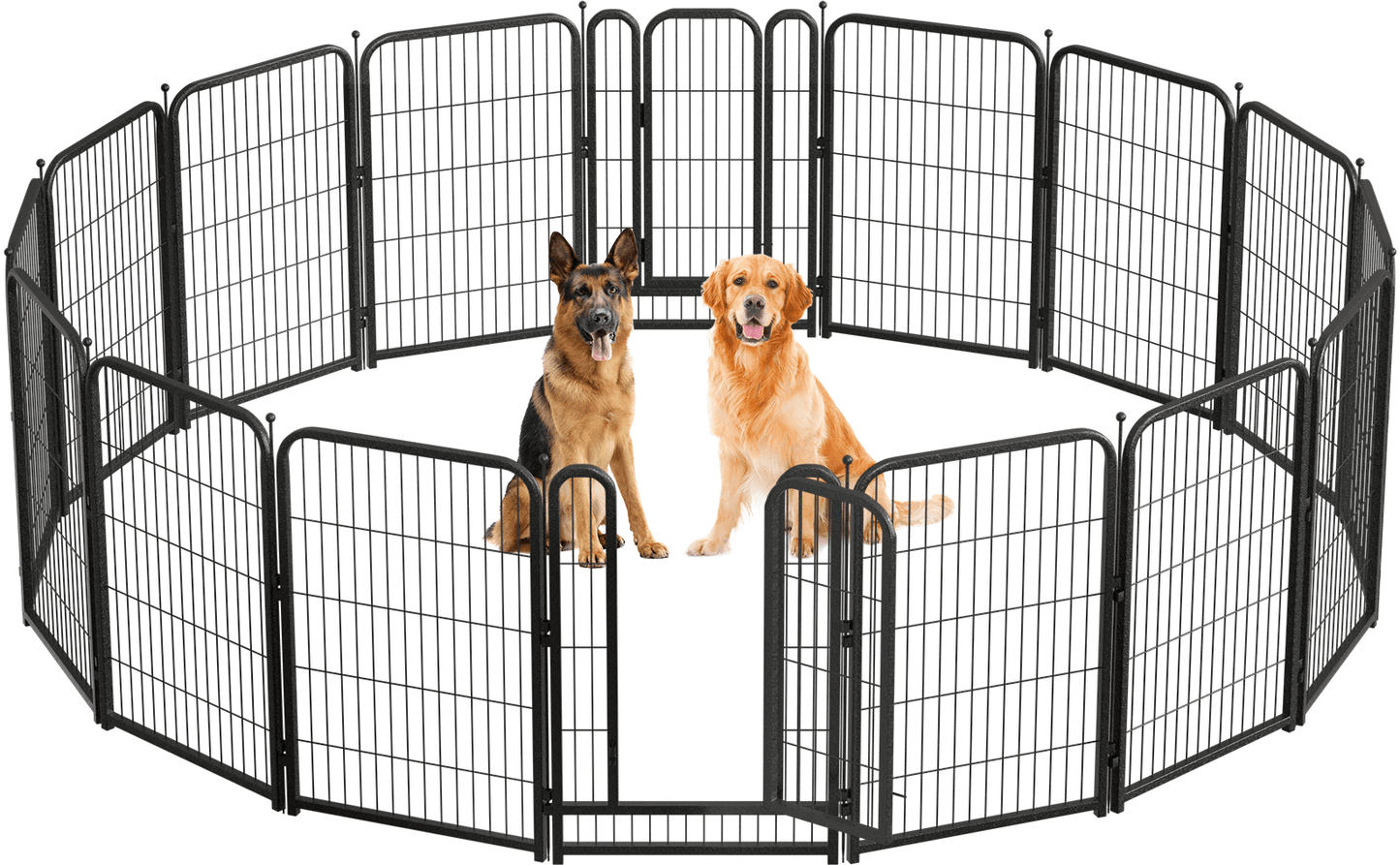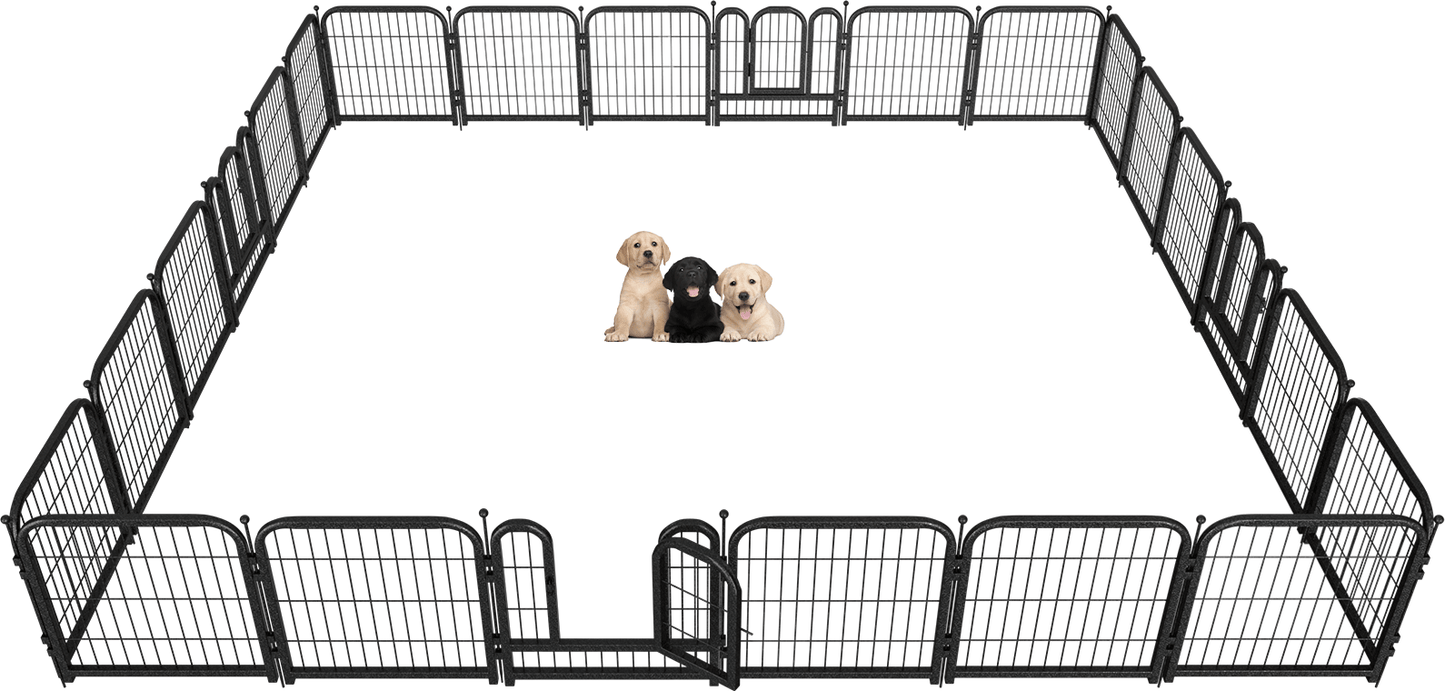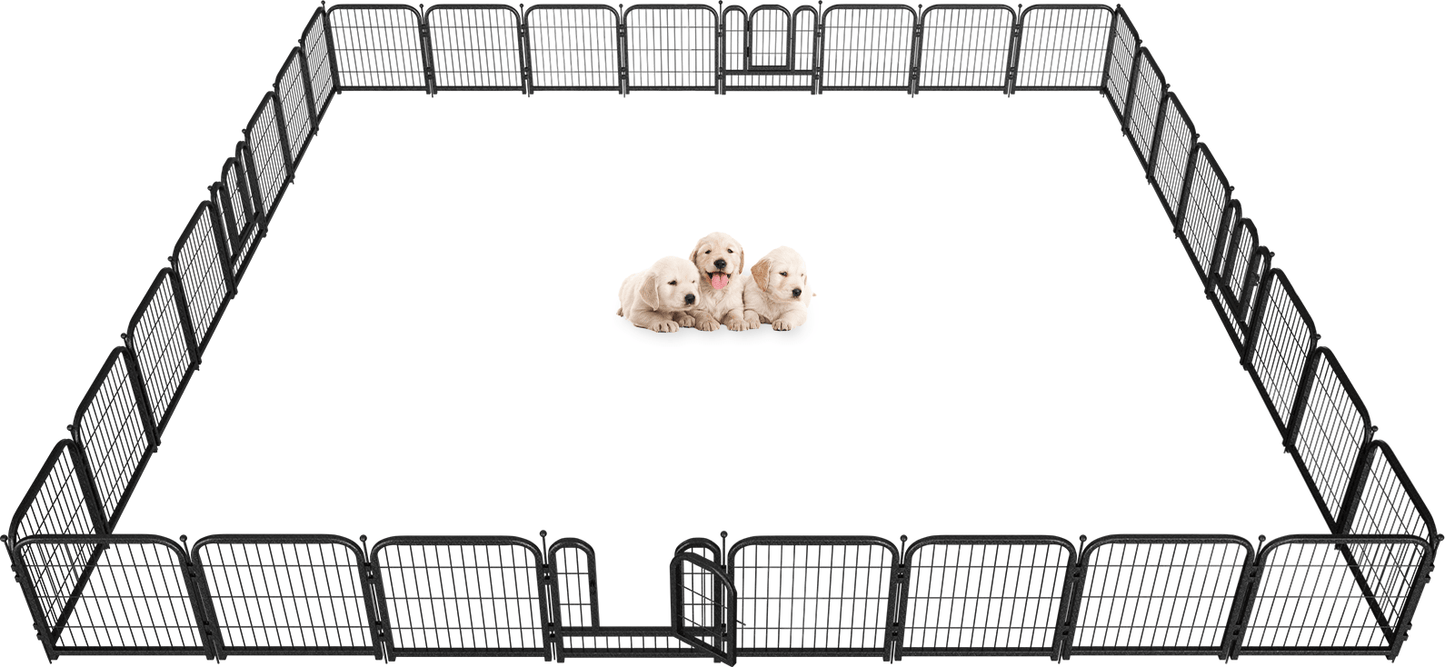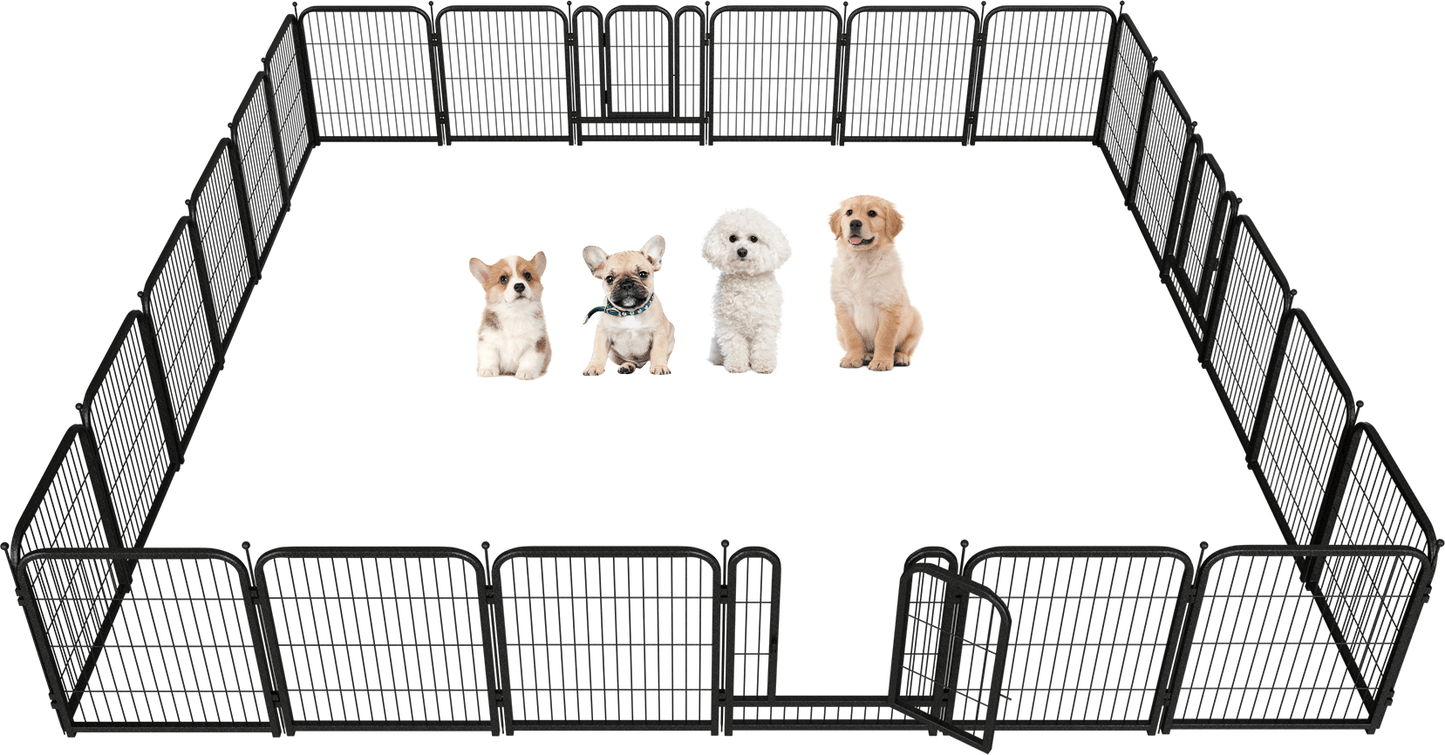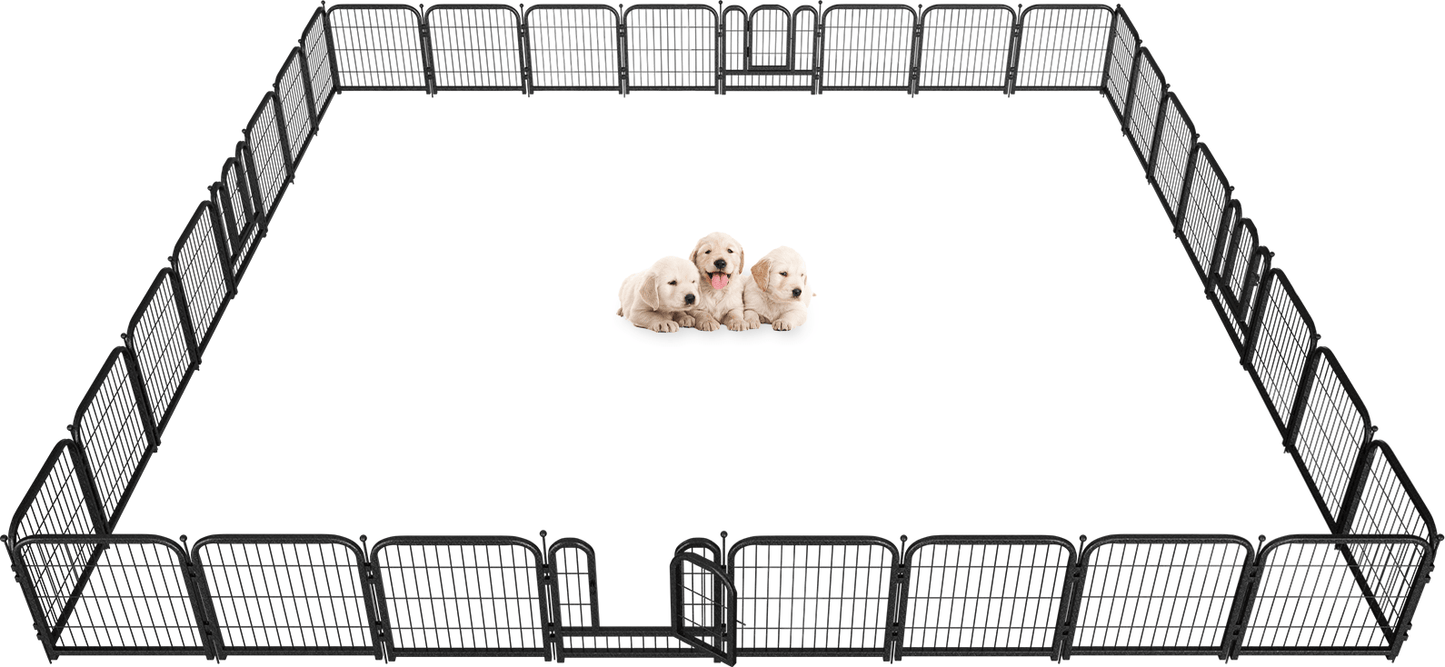Dog Grooming 101: How to Keep Your Dog Looking and Feeling Great
Grooming is an essential part of caring for your dog, not only for appearance but for their health and well-being. A well-groomed dog is a happy dog, and regular grooming can prevent issues like skin infections, mats, and shedding. Whether you’re a first-time dog owner or just looking for tips to improve your dog’s grooming routine, this guide will walk you through everything you need to know to keep your dog looking and feeling great.

Table of Contents
- Why Dog Grooming Matters
- Essential Grooming Tools for Every Dog Owner
- Step 1: Bathing Your Dog
- Step 2: Brushing and Coat Maintenance
- Step 3: Nail Care and Paw Maintenance
- Step 4: Ear and Teeth Cleaning
- When to Seek Professional Grooming
- Final Thoughts
Why Dog Grooming Matters
Regular grooming is vital for your dog's physical health and emotional well-being. Grooming isn't just about keeping your dog clean and looking good; it also serves an important role in preventing health issues. For instance, brushing your dog’s coat helps to reduce shedding, prevents mats and tangles, and even stimulates blood circulation to the skin. Bathing removes dirt, debris, and allergens, keeping your dog comfortable. Additionally, grooming is an excellent opportunity to check for any health problems like ticks, skin infections, or sores that might not be noticeable on a daily basis.
By keeping up with regular grooming, you ensure your dog’s hygiene, comfort, and happiness. Not to mention, your dog will feel more comfortable, especially during shedding seasons, when a good grooming session can provide significant relief.
Essential Grooming Tools for Every Dog Owner
Before you begin grooming, it's essential to have the right tools. The tools you'll need depend on your dog’s breed, size, and coat type, but there are a few basics that every dog owner should have in their grooming kit.
A dog brush or comb is crucial for removing tangles and loose fur, especially for long-haired breeds. You’ll also need dog shampoo that’s specifically designed for pets, as human shampoos can irritate your dog’s skin. Nail clippers or a grinder are essential for keeping your dog’s nails short and preventing painful overgrowth. If your dog is prone to ear infections, an ear cleaning solution and cotton balls are important to have on hand.
If you're unsure about what tools to buy, it's a good idea to ask your vet or a professional groomer for recommendations based on your dog’s breed and coat type.
Step 1: Bathing Your Dog
Bathing is one of the most basic grooming tasks, but it's important to do it correctly. Start by selecting the right shampoo for your dog’s coat and skin type. For dogs with sensitive skin, look for gentle, hypoallergenic formulas. You’ll want to wet your dog thoroughly, but avoid getting water in their ears or eyes. Gently lather the shampoo, massaging it into their coat, then rinse thoroughly.
After the bath, dry your dog with a towel to remove excess moisture, and if your dog is comfortable with it, you can use a blow dryer on a low, cool setting to fully dry their coat. Make sure to dry their ears and paws thoroughly to avoid any moisture buildup, which could lead to infections.
Bathing frequency varies by breed, but generally, dogs should be bathed every 4-6 weeks. Overbathing can strip natural oils from your dog’s skin, causing dryness or irritation.
Step 2: Brushing and Coat Maintenance
Brushing is an essential part of dog grooming, especially for dogs with longer or thicker coats. Regular brushing helps to keep your dog’s coat shiny, healthy, and free from tangles. It also reduces shedding, which helps keep your home cleaner.
Different dogs require different brushing techniques. For short-haired dogs, brushing once a week should suffice, while long-haired breeds might need brushing every day to prevent mats. Use a slicker brush for long-haired dogs and a bristle brush for short-haired dogs. For dogs with thick or curly coats, a pin brush can help untangle knots without damaging their hair.
While brushing, be sure to check your dog’s coat for any lumps, bumps, or skin irritations that may need attention. Brushing also allows you to remove loose hair, which can help reduce the amount of shedding around your home.
Step 3: Nail Care and Paw Maintenance
Your dog’s nails need to be trimmed regularly to keep them from growing too long. Long nails can cause discomfort, lead to painful walking, and even cause injury. If your dog is not used to having their nails trimmed, you might want to start slowly to make the process easier. Use dog nail clippers to trim the nails, cutting just the tip to avoid cutting the quick, which is sensitive.
If you're uncomfortable trimming your dog's nails yourself, consider using a nail grinder or seeking help from a professional groomer. In addition to nail care, it's important to check your dog’s paws regularly for any debris or injuries. Keep the pads of their paws clean and moisturized to prevent dryness or cracks.
Step 4: Ear and Teeth Cleaning
Ear and teeth cleaning is another essential part of dog grooming that is often overlooked. Dogs with floppy ears are particularly prone to ear infections, so cleaning your dog’s ears regularly can help prevent buildup of wax and dirt. Use a vet-approved ear cleaner and a soft cotton ball to wipe inside the ears gently.
For dental care, brushing your dog’s teeth is vital for preventing bad breath, gum disease, and tooth decay. Use a dog toothbrush and dog-safe toothpaste, and aim to brush your dog’s teeth several times a week. If your dog isn’t comfortable with brushing, dental chews and water additives can help maintain their oral health.
When to Seek Professional Grooming
While regular grooming at home is essential, there are times when it’s best to seek professional help. If your dog has a particularly thick coat that’s hard to maintain, or if they have skin conditions, a professional groomer can help manage their grooming needs more effectively. Additionally, dogs with more complex grooming needs, like those with curly coats or those prone to matting, may require a visit to the groomer every 6-8 weeks.
Final Thoughts
Regular grooming is an important part of keeping your dog healthy, happy, and looking great. By making grooming a routine part of your dog care, you’ll not only improve your pet’s physical appearance but also help prevent health issues that could develop over time. Whether you’re grooming your dog at home or seeking professional help, your dog will appreciate the extra care and attention.






